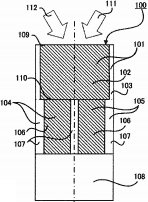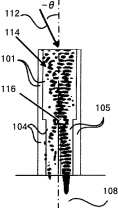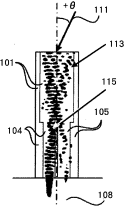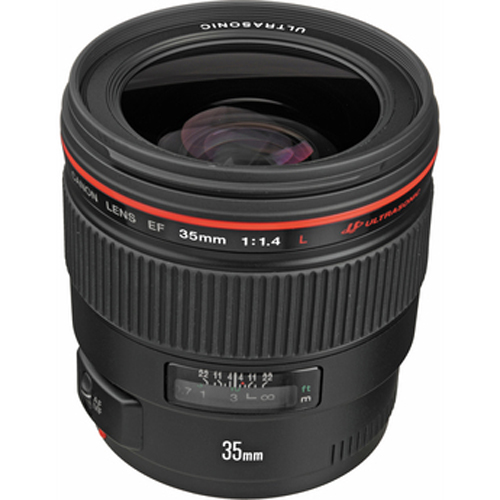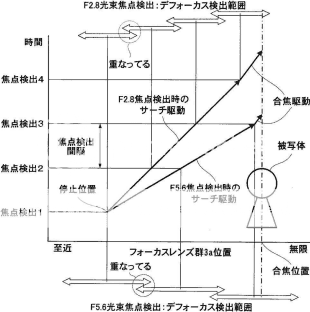Canon Files Patent For A 300mm f/4 Lens

Egami (translated) spotted a Canon patent for a 300mm f/4 lens, the possible successor of the EF 300mm f/4L IS USM (?). The patent suggests that performance fluctuations that are due to temperature changes, and chromatic aberrations have been reduced. The patent is about a light lens, with lots of plastics to keep the weight down. The patent also suggests a small lens with an overall length of 221mm.
This patent is to contribute to miniaturization, become = 300×0.68 = 204mm optical length simple calculation, pull the flange back of EOS, and = 204-44 = 160mm length products. So product length 221mm
- Patent Publication No. 2012-159726
- 2012.8.23 Release Date
- 2011.2.1 filing date
- Example 3
- F = 300mm focal length
- Fno. 4.0
- Tele ratio 0.68
- Inner Focus
- φr = 68.8mm
- φg1 = 67.8mm
- φg2 = 70.2mm
- Technical background
- When the miniaturization of the optical system, longitudinal chromatic aberration, chromatic aberration of magnification is remarkable
- As the focal length becomes longer, the telephoto lens system, chromatic aberration is noticeable
- There is a method of correcting the aberrations of a material having an anomalous dispersion resin, the resin is difficult to produce high-precision thick
- There is a method of sandwiching a thin glass resin material, the bonding peeling distortion problem bonding at high temperature
- Canonpatent
- Joining three or more optical elements
- The outer diameter of the resin is increased to reduce the distortion at the time of bonding
- Not adhere to each other resin outer glass element
- Between the optical element of the outside is gone, adhesive, the thickness of the adhesive distribution occurs
- Using a sealing agent to prevent change in shape of the resin and the refractive index change due to moisture absorption
- Do the black outer peripheral portion of the glass element
- Prevent flare and ghosting resin at the outer periphery
- Surface resin glue is not good



